Old Santo Domingo - Colonial City In The Dominican Republic
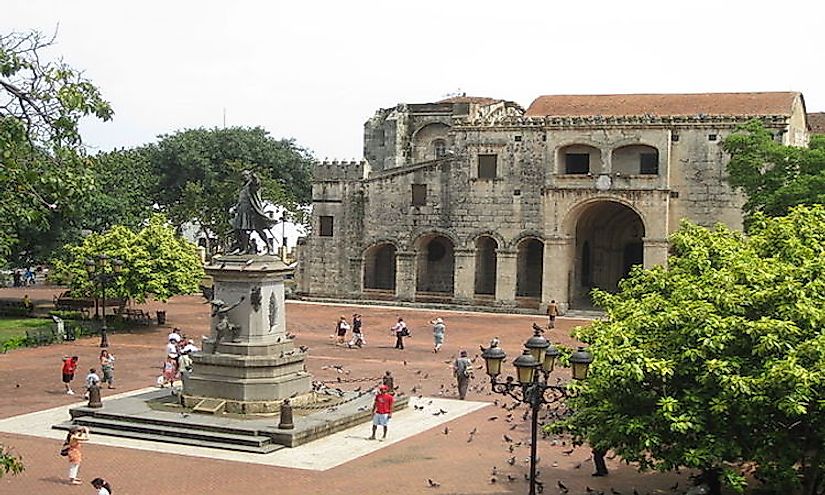
Christopher Columbus took his famous first steps in the New World in 1492, and Santo Domingo was founded six years later. From August 5, 1498, Ciudad Domingo became the world’s oldest European permanent settlement in the Americas. Santo Domingo became the first site where the first university, cathedral, monastery, castle, and fortress were constructed in the first world. Today, the old city of Santo Domingo serves as the cultural, commercial, industrial, political, and financial center of the Dominican Republic. The city’s Spanish Gothic buildings and monuments blended with developments of various eras redefine the social, culture, and economy of the town as a historic center. Old Santo Domingo is the Cradle of Western Civilization.
5. Description and History -
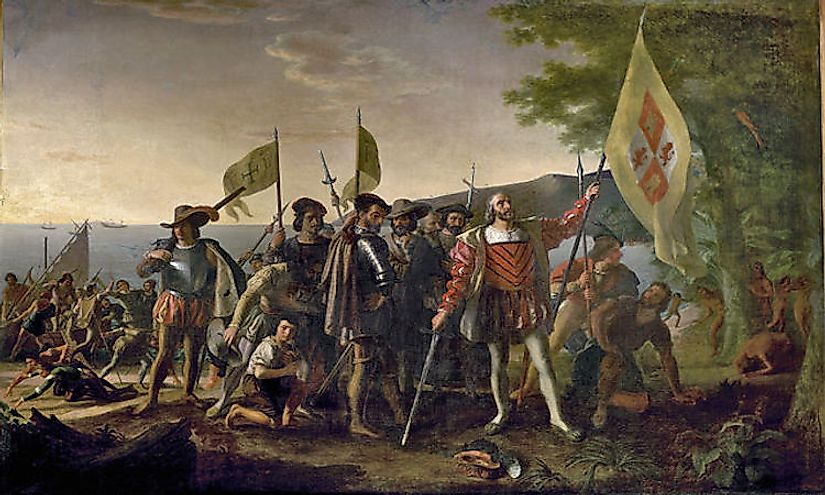
Before 1492, the Island of Santo Domingo was populated by Taino people who called it Quisqueya “mother of all lands” and others called it Ayiti “land of high mountains.” When Christopher arrived on the island in 1492, he named it Hispaniola which included today’s Republic of Haiti. In 1496, the Spanish settled on the newly found island, and from August 5, 1498, the old city of Santo Domingo became the world’s oldest European settlement in the Americas. Bartholomew Columbus, the brother of Christopher, founded the settlement first called La Nueva, then later Santo Domingo in 1495, in honor of Saint Dominic. In June 1502, a major hurricane destroyed Santo Domingo, and Governor Nicolas de Ovando rebuilt it on the right bank of Ozama River. From here the city became the gateway to the Caribbean Hinterland. Expeditions and the colonization of the West Indies and adjacent mainland started in the city. The colony prospered becoming the capital of the Spaniards until the conquests of Peru and Mexico when Santo Domingo importance declined. From 1586 British colonized the old town until 1655 when the inhabitants defeated the British forces. From 1795 to 1809, the French dominated the city followed by a brief Spanish period and then Haiti invaders conquered it. In 1844, Santo Domingo became the capital of the Dominican Republic. Today, the old city of Santo Domingo serves as the cultural, commercial, industrial, political, and financial center of the Dominican Republic.
4. Tourism and Education -
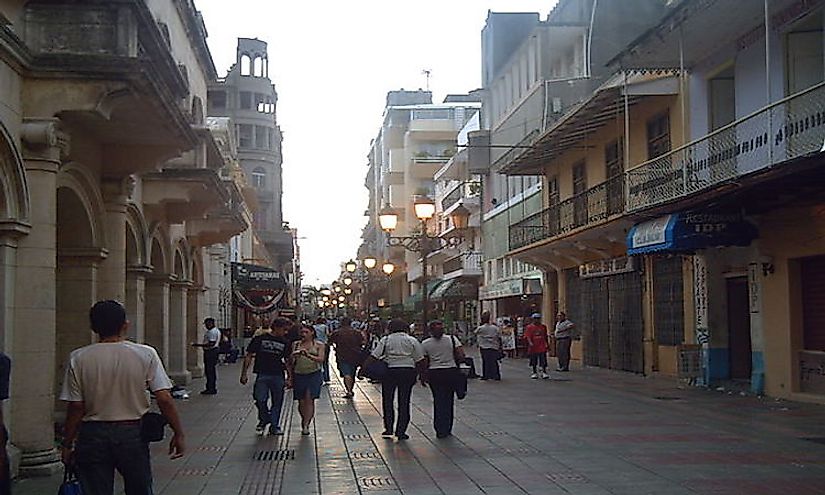
Santo Domingo has the oldest University in the country and the Americas. The Autonomous University of Santo Domingo founded in 1538. The universities of Pedro Henrique’s Urena National University established in 1966 and Technological Institute of 1971 are in the city. There are many public and private libraries including the National Library. The First City of America has a well-developed tourism sector. The Colonial Zone provides the major tourist area with its historical monuments, many hotels, botanical gardens, and the nightlife of the city forms the backbone of tourism. Also, La Rioja’s gastronomy and the famous wines attract millions of tourists in the region.
3. Uniqueness -
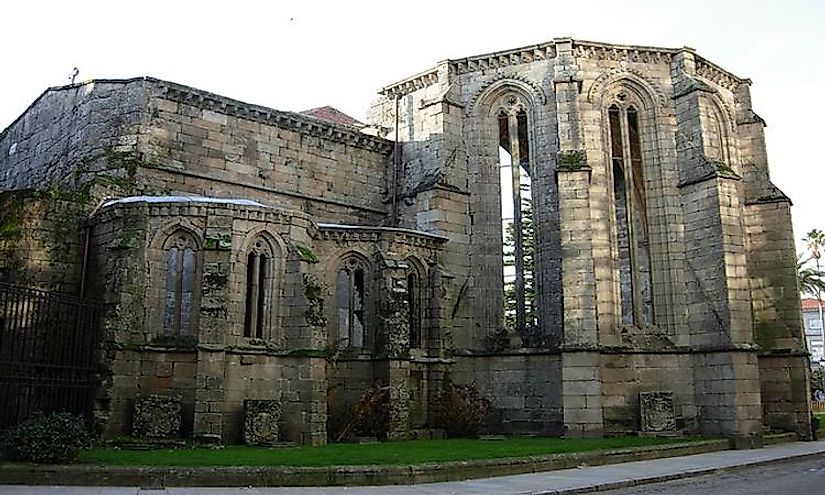
The city has The Grand Place-Plaza Mayor grid pattern. This checkerboard design became a reference to future city developments in the New World which gave Old Santo Domingo the nickname “Cradle of Civilization of the New World.” The City of Firsts has the oldest institutions in the western hemisphere such as Santo Mary of the Incarnation Cathedral, Santo Thomas Aquinas University, Casa de Contratacion, and Nicholas de Bari Hospital. The site comprises of 32 streets crisscrossing 116 blocks, sitting on 106 ha and bordered by walls, forts, and bastions. The city has retained its original plan, and its streets and buildings are intact becoming the only urban center to have a 15th-century design. The monuments and medieval buildings are unique in the western hemisphere. The cathedral design date back to the Renaissance period contrasting the Spanish Gothic designs of the monumental buildings. Throughout the city’s development, many architectural designs of each and every era have been incorporated enriching the town's economy, social, and culture as a historical center.
2. Nature, Sights, and Sounds -
Santo Domingo is where the sounds of life come alive. From domino pieces slapping on tables to backfiring mufflers and the never ending horns from the chaotic traffic, bachata and meringue blasting from corner stores, Domingo is a town of sounds. Casa de Teatro provides a gathering place for avant grande musicians, artists, and actors. There are also many concerts, folklore, ballet and other performances throughout the city. The monuments of Colonial Zone provide the most beautiful sights in the town. Constructed by the Spaniards, the colonial era, cathedral, churches, buildings, and wall fortification are fascinating. The city borders the Ozama River and the Caribbean Sea.
1. Threats to Colonial Infrastructure and Conservation Efforts-
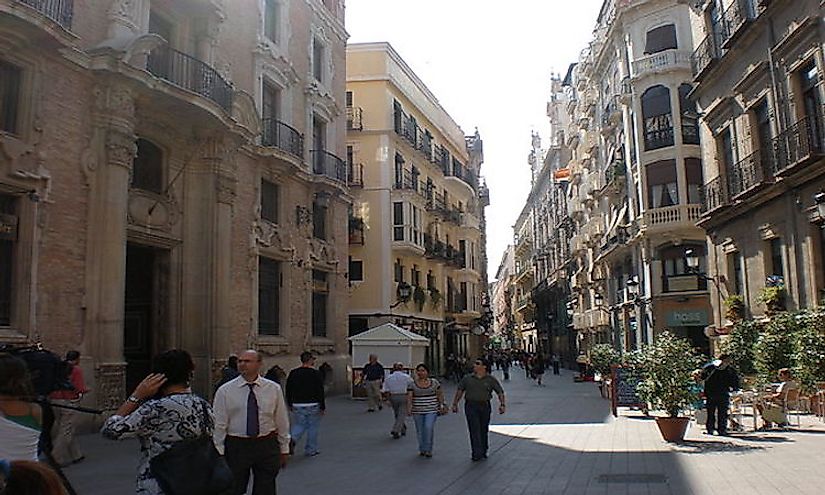
The Colonial town of Santo Domingo faces real challenges associated with social and economic risks like property development pressure and the mass tourism flowing to the city. There are also natural threats like hurricanes and earthquakes that continue to threaten the integrity and authenticity of the city. Also, there are challenges associated with renovating the city’s necessary infrastructure. There are some conservation efforts in play thanks to the numerous nationally enforced legislation and laws, public standards, and other provisions that consolidate a shared vision of preserving the elements of the city. The constitution stipulates that all historical and artistic sites in the country form part of the cultural heritage of the country thus the State protects them. The office for cultural heritage is responsible for developing, coordinating, and implementing initiatives and national plans concerned with a long legacy of the Old Santo Domingo.







